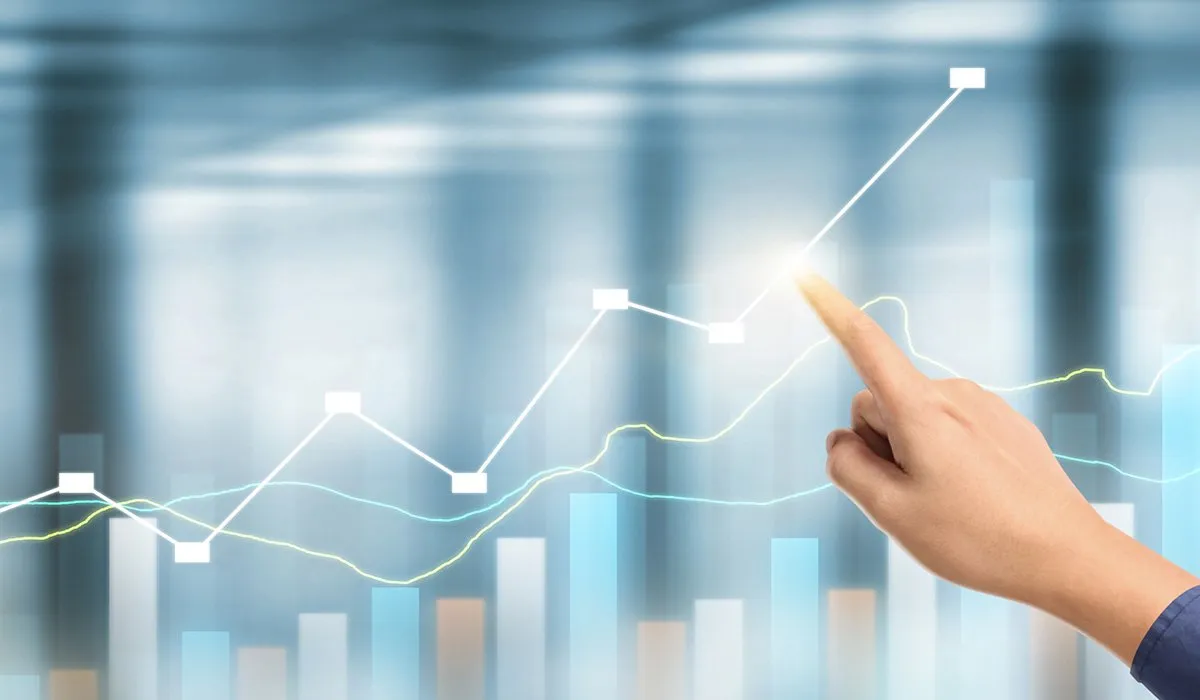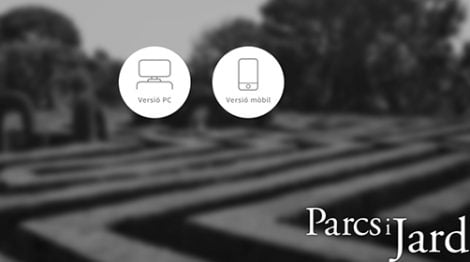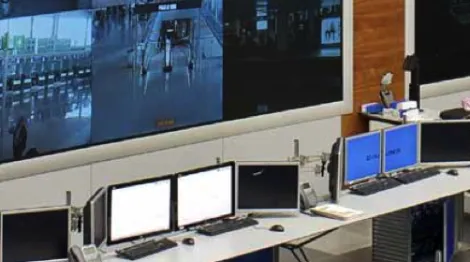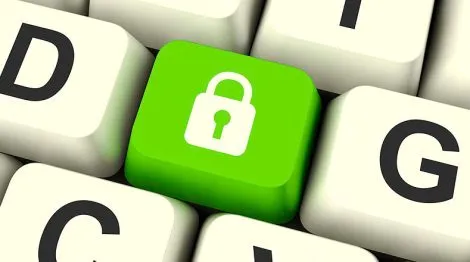What is the RIME or ICGM Index in Maintenance?
We define and explain what is known as IGCM (Maintenance Expenditure Classification Index), or RIME (Ranking Index for Maintenance Expenditure)


How many times have 2 or more pieces of equipment stopped or broken down at the same time in your organization? If you do not have sufficient human resources at that time, based on what criteria do you prioritize maintenance actions?
In the world of maintenance, it is vitally important to know how to prioritize and optimize resources to achieve maximum availability at the lowest possible cost. In many maintenance departments, this prioritization and optimization of resources is based on decisions made by personnel with many years of experience and great knowledge of the facilities they manage. Prioritizing maintenance actions based on experience is not incorrect, although it is a prioritization performed under an arbitrary bias and subjective, which can often generate problems of greater economic impact to the organization due to erroneous decision-making under the pressure of day-to-day operations.
Within the different good practices of maintenance, there is an objective technique or methodology for making the best decisions when prioritizing a repair on one piece of equipment over another. This technique is the use of the RIME or ICGM factor.
I What is the RIME or ICGM Index?
ICGM, which stands for Índice de Clasificación para los Gastos de Mantenimiento (Maintenance Expenditure Classification Index) in Spanish, or RIME, which stands for Ranking Index for Maintenance Expenditure, is an objective mathematical methodology that allows determining the priority of different maintenance actions. For this prioritization, the type of work to be performed is taken into account, as well as the costs associated with the delay of these, and the criticality of the equipment for production.
This methodology facilitates the maintenance manager’s decision of which maintenance tasks to prioritize, taking into account the human resources available, thus allowing for more efficient and objective management.
I how is it Calculated?
The RIME index is a simple multiplication of two factors:
ICGM or RIME = Work Factor X Machine Factor
Where:
- Work factor: Classifies the different types of work according to criticality.

- Equipment factor: Classifies all the organization’s equipment according to capacity, productivity and criticality.

It should be noted that the equipment factor is not permanent throughout the life cycle of an asset. This is because assets may have a greater or lesser impact on production over time and even depending on the product being manufactured. For this reason, it is vitally important to update the values assigned to each of the equipment every certain period of time to grant them the corresponding criticality at each moment.
If a CMMS/EAM system that prioritizes the different work orders is not available, a good practice is to have the equipment factor visibly on the assets themselves and have the work factor list at hand to determine which maintenance action is a priority.
I Applications of the ICGM or RIME Index
As we have seen, the ICGM or RIME index is a very useful and valuable methodology for prioritizing the different maintenance activities and optimizing the resources available. However, it is not the only application and there are others that are equally valuable and useful for a correct maintenance management.
All the applications are:
- Prioritization of the different maintenance tasks according to their relative importance.
- Support for the preparation of the maintenance budget item
- It allows obtaining a global vision of the criticality of each asset to determine according to it which maintenance strategy to apply and its frequency.
Emphasize that the last of the cited applications will never replace a RCM or Risk Based Maintenance study, but it will allow to have a greater awareness of the criticality of each asset.
I Conclusion
In these times, it is increasingly important to be strategic in the dispensation of expenses and investments to reduce the costs of an organization as much as possible. For this purpose, it is vitally important to optimize as much as possible the resources we have in all areas, including maintenance.
That is why it is essential to know how to prioritize the different maintenance actions that can occur at the same time, to minimize the impact on production and on the maintenance costs that the performance or non-performance of the same may entail.
And this is where the application of the ICGM or RIME index methodology comes into play, which will lead us to implement an objective and highly effective prioritization system.
If you want to know how to apply the ICGM or RIME methodology in your organization, you cannot miss the post: 5 steps to implement the RIME or ICGM index.





